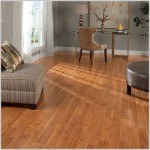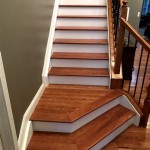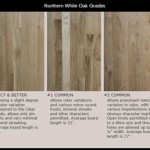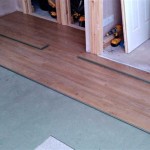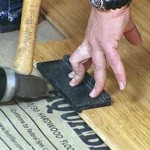Armstrong Vinyl Sheet Flooring Asbestos: Essential Aspects
Armstrong vinyl sheet flooring has been widely used in homes, offices, and commercial buildings for decades. However, some older Armstrong vinyl sheet flooring may contain asbestos, a hazardous mineral fiber that can pose significant health risks.
Asbestos was commonly added to vinyl flooring as a reinforcing agent, providing it with strength and durability. However, exposure to asbestos fibers can lead to a range of health problems, including asbestosis, lung cancer, and mesothelioma. These conditions can be severe and even fatal.
Identifying Armstrong Vinyl Sheet Flooring with Asbestos
Not all Armstrong vinyl sheet flooring contains asbestos. The presence of asbestos can vary depending on the manufacturing date and specific product type. However, there are some general guidelines to help you identify flooring that may contain asbestos:
- Check the age of the flooring: Armstrong vinyl sheet flooring installed before 1990 has a higher likelihood of containing asbestos.
- Examine the flooring's texture: Smooth, homogeneous flooring is less likely to contain asbestos than textured or patterned flooring.
- Look for a manufacturer's label: If you can uncover a portion of the flooring, check for a label that indicates the presence of asbestos.
Risks of Exposure to Asbestos in Vinyl Flooring
If your Armstrong vinyl sheet flooring contains asbestos, it poses health risks. Asbestos fibers can become airborne when the flooring is damaged, worn, or removed. These fibers can then be inhaled, leading to serious health problems.
Exposure to asbestos fibers can occur during the following activities:
- Maintenance: Sanding, scraping, or refinishing the flooring.
- Remodeling: Removing or replacing the flooring.
- General use: Foot traffic and daily wear and tear can release asbestos fibers.
Safe Handling and Removal of Asbestos-Containing Flooring
If you suspect that your Armstrong vinyl sheet flooring contains asbestos, it's crucial to handle it with extreme caution. Here are some important steps to follow:
- Do not attempt to remove or repair the flooring yourself: Asbestos removal should always be performed by certified professionals.
- Minimize exposure: Avoid activities that could release asbestos fibers, such as sanding or scraping.
- Contact an asbestos removal company: Qualified professionals can safely remove and dispose of the flooring, ensuring proper handling and disposal.
- Ventilate the area: Open windows and doors to improve ventilation and reduce the risk of exposure.
Conclusion
Armstrong vinyl sheet flooring can contain asbestos, posing potential health risks. Identifying, handling, and removing asbestos-containing flooring are essential for maintaining a safe and healthy environment. If you suspect that your flooring may contain asbestos, don't hesitate to contact a qualified professional for testing and safe removal.

Asbestos Vinyl S History Dangers Abatement

Armstrong Vinyl Excelon Asbestos Floor Tile Catalog Hydrocord Backing 1970 S

Armstrong Vinyl Asbestos Excelon Tile Corlon Hydrocord Backing Catalog 1966

Armstrong World Industries Inc Asbestos Elg Law

Armstrong Vinyl Asbestos Excelon Tile Corlon Hydrocord Backing Catalog 1968

1979 Solarian By Armstrong Asbestos

How To Identify Remove Asbestos In Linoleum Flooring Ferro

Armstrong Vinyl Asbestos Excelon Tile Corlon Hydrocord Backing Catalog 1966

Asbestos Felt Dangerous In Roofing Flooring Paper Mills

Armstrong World Industries Inc Asbestos Elg Law
Related Posts

